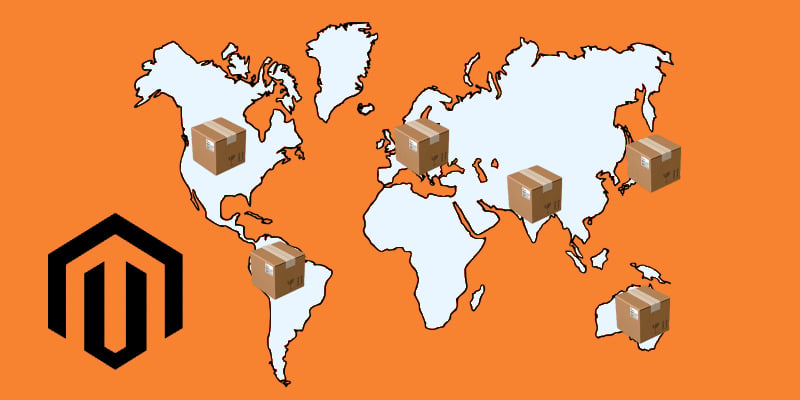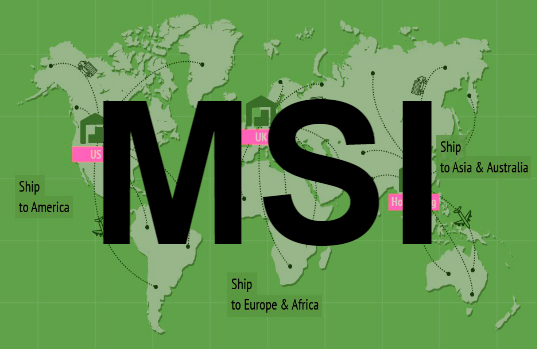Magento Inventory Management: A Complete Guide to Stock Optimization and Efficiency

Efficient Magento inventory management is crucial for e-commerce businesses aiming to maintain optimal stock levels, meet customer demand, and streamline operations. Although Magento offers a comprehensive suite of inventory management tools, it may not be enough.
Below, we explore the default inventory management of Magento 2. You will learn what general settings and per-product configurations can help you track stock, set reorder points, and manage multiple other options, all from a centralized admin panel.
If Magento’s inventory management is not enough, because you have a more complex stock system, no worries! We’ve also prepared something useful for you. In the corresponding section, you will learn how to integrate your e-commerce website with the most powerful ERP systems to push your inventory management to a completely new level. So, how to manage Magento inventory? You will find the answer below. Continue Reading


